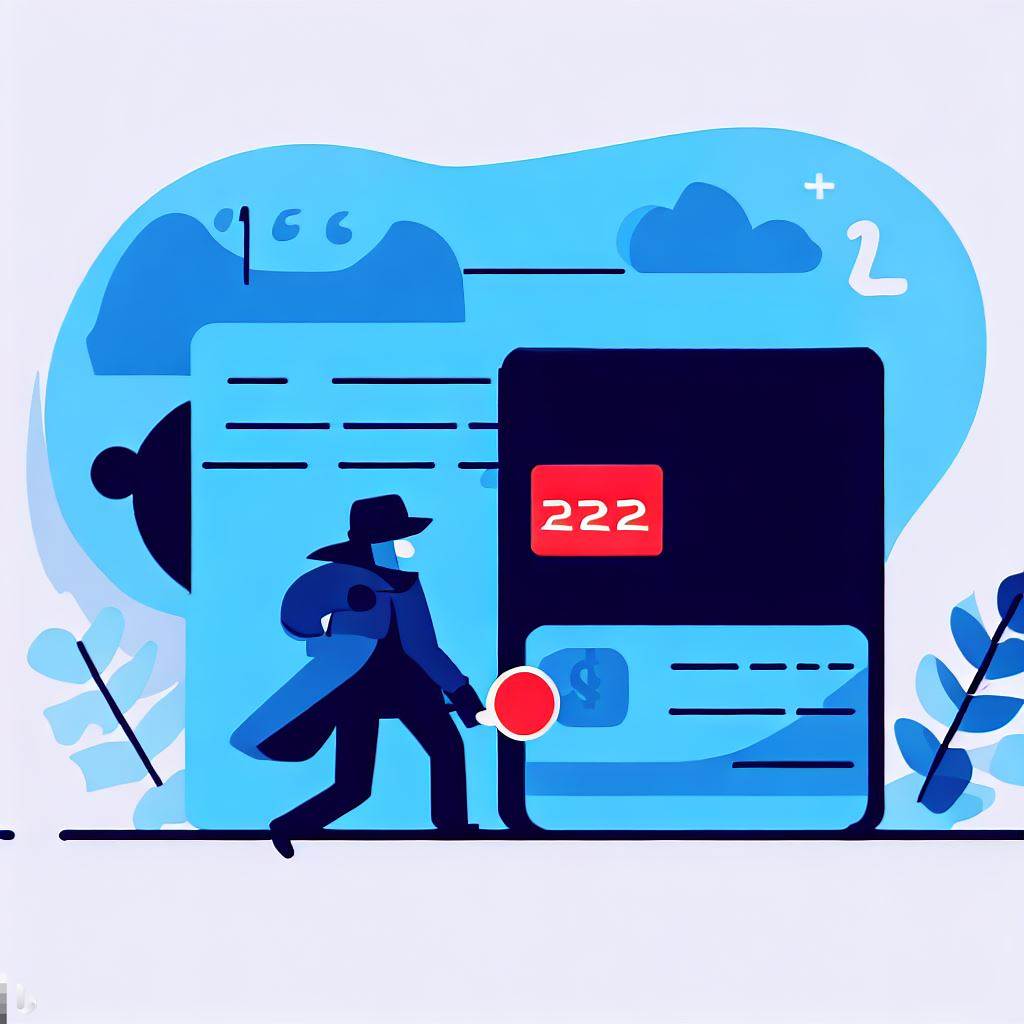Defending B2B Payment Platforms from Fraud: The Power of UX Writing and User-Centric Strategy

As the digital transformation of B2B payment platforms accelerates, the imperative to protect against fraud is paramount. The relentless evolution of fraudster tactics, coupled with the increasing complexity of B2B payment ecosystems, requires a holistic approach to fraud mitigation. Traditional fraud detection and suppression software, while vital, now demand augmentation through user-centric strategies that prioritize not only cutting-edge technology but also empathetic user education. In this context, the profound impact of UX writing is often underrated as an effective tool in the battle against fraud, assuaging concerns, and empowering users within B2B payments.
The Ideal User in B2B Payments: Understanding the Stakeholders
In the B2B payment landscape, the ideal user is a multi-faceted entity comprising diverse stakeholders, each with unique roles, responsibilities, and concerns. These stakeholders range from finance managers, procurement officers, and executives to small business owners and supply chain coordinators. Each user type interfaces with payment platforms in distinct ways, making the adoption of a user-centric strategy crucial for effective fraud mitigation.
User Training: Cultivating a Culture of Vigilance and Competence
B2B payment solutions providers recognize that a proactive approach to user training is a linchpin in their fraud mitigation strategy. This entails equipping users with not only the tools to detect and thwart fraud but also fostering a culture of vigilance and competence. Here, UX writing steps into the spotlight as a conduit for clear, concise, and accessible communication.
Addressing Fears and Worries: The Role of Empathy in UX Writing
UX writing goes beyond mere transactional communication—it embodies empathy. By empathetically addressing the fears and worries that often accompany complex financial transactions, UX writing bridges the knowledge gap. Research by the Journal of Consumer Psychology reveals that empathetic communication fosters trust and builds emotional connections. In the context of B2B payments, this translates to assuaging concerns related to data breaches, unauthorized access, and financial loss.
Contextual Communication: UX Writing's Crucial Role
One of the most compelling aspects of UX writing is its ability to deliver contextual communication. UX writers can craft messaging that not only educates users about fraud prevention tools but also contextualizes their application within the user's workflow. This contextualization is pivotal for B2B payment platforms, where the ability to seamlessly integrate fraud prevention measures into existing processes is imperative.
Integrating Fraud Training within the UI: A Seamless User Experience
The pursuit of a seamless user experience within B2B payment platforms aligns perfectly with the integration of fraud training. By adopting conversational UX writing and embedding context clues within the interface, payment solutions providers can effortlessly guide users through fraud prevention measures. For instance, during the payment process, a well-placed dialogue box could explain the significance of two-factor authentication while highlighting its ease of use.
Gamification and Continuous Engagement: Empowering Users, Not Burdening Them
The integration of fraud training shouldn't be burdensome. Instead, B2B payment platforms can gamify the experience, turning fraud prevention into a proactive and engaging endeavor. Weekly email newsletters can provide quick tips, case studies, and success stories to inspire users. Within the platform, progress trackers and achievement badges can elevate the sense of accomplishment. This approach fosters a sense of community and shared responsibility, rather than imposing additional chores.
Measurement and Insights: Gauging UX Writing's Impact on Fraud Mitigation
Measuring the impact of UX writing on fraud mitigation involves both quantitative and qualitative assessments. In-depth analytics can track metrics such as the reduction in user errors, increased engagement with training material, and user feedback. Furthermore, qualitative insights gleaned from user surveys and focus groups can shed light on user perception and comprehension of fraud prevention measures.
The Human Element in the AI Age: Empathy-Driven Training
In an era where artificial intelligence plays an integral role in fraud detection, the human element remains paramount. No matter how advanced the technology, user awareness and education remain the first lines of defense. UX writing enhances humanness by infusing empathy into training materials, thus nurturing a sense of shared responsibility in fraud prevention.
A Holistic Approach to B2B Payment Fraud Mitigation
In B2B payment fraud mitigation, the synthesis of technology and human-centric strategies is the key to success. UX writing is a potent enabler, delivering clear, contextual, and empathetic communication that empowers users to proactively protect their transactions. By aligning with the concerns and needs of diverse stakeholders and cultivating a culture of vigilance, B2B payment solutions providers can elevate their fraud mitigation efforts beyond traditional software solutions. Through the power of UX writing, they not only fortify their platforms against fraud but also reinforce their commitment to the security and prosperity of their users. This integration of fraud training within the UI, gamified and empathetic, transforms the journey into a shared endeavor —Where every user contributes to a safer ecosystem, without the burden of additional tasks.
Protect Your B2B Transactions With WDIR
WDIR is the world leader in user experience for B2B payments globally. Our work with platforms like Global Pay and Alviere Embedded Finance has protected millions of dollars from fraud while providing a seamless user experience. Get in touch today to learn how a user-centric strategy and UX Writing can keep you safe from fraud.
